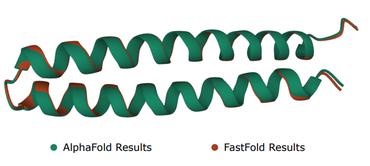Deep Spatio-Temporal Architectures and Learning for Protein Structure Prediction
Residue-residue contact prediction is a fundamental problem in protein structure prediction. Hower, despite considerable research efforts, contact prediction methods are still largely unreliable. Here we introduce a novel deep machine-learning architecture which consists of a multidimensional stack of learning modules. For contact prediction, the idea is implemented as a three-dimensional stack of Neural Networks NN^k_{ij}, where i and j index the spatial coordinates of the contact map and k indexes ''time''. The temporal dimension is introduced to capture the fact that protein folding is not an instantaneous process, but rather a progressive refinement. Networks at level k in the stack can be trained in supervised fashion to refine the predictions produced by the previous level, hence addressing the problem of vanishing gradients, typical of deep architectures. Increased accuracy and generalization capabilities of this approach are established by rigorous comparison with other classical machine learning approaches for contact prediction. The deep approach leads to an accuracy for difficult long-range contacts of about 30%, roughly 10% above the state-of-the-art. Many variations in the architectures and the training algorithms are possible, leaving room for further improvements. Furthermore, the approach is applicable to other problems with strong underlying spatial and temporal components.
PDF Abstract

